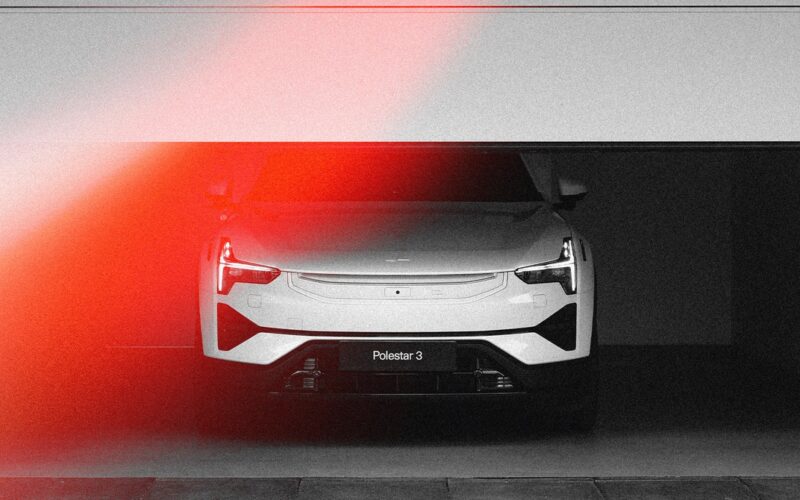Polestar is caught in the middle of an international trade war. Growing competition from Tesla and Chinese rivals and the slowdown of the global EV market are not great for business. Even worse are the gigantic taxes set to be imposed on Polestar’s entire cohort of Chinese-manufactured cars. The US government will raise tariffs on electric vehicles coming from China from 25 percent to 100 percent, and in Europe, the threat of a 38 percent hike in taxes also looms from July 4. In May, China suggested that it will retaliate with a 25 percent tariff hike on large-engine cars should the US go ahead.
For rivals including Rivian, the Saudi-backed Lucid, and Tesla, a market slowdown is bad news. But for New York–listed Polestar, whose mainstay, the Polestar 2, is manufactured entirely in China, this could be devastating. The Swedish-founded company confirmed to WIRED that it believes its electric hatchback, whose price starts at $79,900, will definitely be affected when these tariffs come into play. Polestar told WIRED it is currently “digesting the legislation and its options” following the news.
The company—which is recovering from an ownership and management restructure, a round of job cuts, disappointing sales results, and a lackluster balance sheet for 2023—faces an uphill battle to grow its business and pay back its loans.
So far there is no publicly announced plan to safeguard the Polestar 2, the company’s tentpole EV which makes up the vast majority of its sales. Already, the Polestar 2 is more than $29,000 more expensive than the Tesla Model 3 (which is produced in Shanghai, and starts at around $50,600), and is more expensive than the $77,400 Lucid Air Pure and the $75,900 starting point on the Rivian R1S, all of which compete in the same category.
Polestar declined to comment on how badly the tariffs will impact the price of its vehicles. But the company has a plan that could help its later models: It says it will follow through on its 2021 plans to manufacture the Polestar 3 in South Carolina, while the Polestar 4 will be manufactured in South Korea from the second half of 2025. (The Polestar 4 is already available in China and is currently discounted there, but won’t reach Europe until later this year.)
Andy Palmer, former COO of Nissan and CEO of Aston Martin Lagonda, who has four decades of experience in the automotive industry, says that Polestar is “far from out of the woods,” even if it is able to navigate its way through these tariffs, which are also set to impact EV batteries. “Strict cash management will be the order of the day until at least we see growth in EV adoption toward previously expected demand,” he says.
Polestar’s latest sales results, released on Tuesday, state that it has delivered 20,200 cars so far in 2024, mostly in the second quarter of the year. Only 200 of those cars were Polestar 4s, the company told investors. Overall, these figures are a marked improvement on its preliminary Q1 results, which showed that sales of the Polestar 2 had dropped by 40 percent from the same period the year before with just over 7,200 vehicles sold in the first three months of 2024, its weakest result since the third quarter of 2022. Polestar CEO Thomas Ingenlath said in a statement that the company was showing “strong momentum,” and that he expects strong revenue improvement in the second quarter of the year.
Source link
lol

